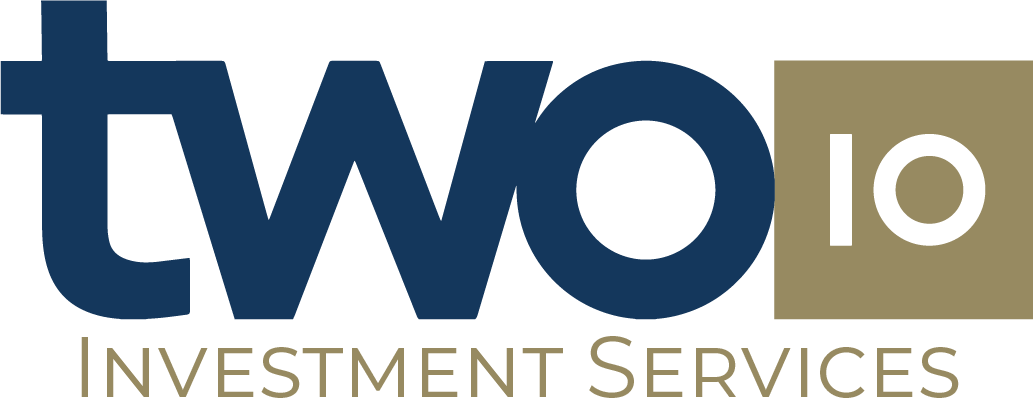Economic conditions rarely stand still. Interest rates rise, markets fluctuate, tax legislation evolves and global events can impact domestic confidence in a matter of weeks. For working professionals and business owners with established wealth, the challenge is not building a plan - but maintaining one that adapts.
Financial agility isn’t about reacting hastily; it’s about structuring your financial position in a way that allows you to move with confidence as the financial landscape changes.
Understand What Financial Agility Really Means
Being financially agile means having a framework that can absorb change without compromising long-term objectives. It’s the ability to reassess, reposition and recalibrate as needed - whether due to market movement, business transitions or shifts in personal priorities. A plan that lacks flexibility can underperform not because it’s poorly designed but because it wasn’t built to flex.
Building Flexibility Into Your Planning Strategy
Flexibility is not a bolt-on - it should be embedded from the outset. This might involve working with multiple tax wrappers, using a blend of active and passive strategies or holding a mix of growth and defensive assets. The goal is to create a structure where components can be adjusted individually without needing to overhaul the entire plan. Regular reviews become key checkpoints, not just admin.
Consider Liquidity as a Strategic Lever
Liquidity isn’t just about access to cash - it’s about optionality. Holding readily available funds can offer the ability to act decisively when opportunities arise or to absorb short-term volatility without compromising longer-term positions. This doesn’t mean holding large amounts in low-yielding accounts but rather being intentional about how and where liquidity sits within your portfolio or business holdings.
Diversify with Purpose, Not Just for Coverage
Diversification is often discussed in general terms but agility demands it be applied deliberately. Think beyond sector or geographic spread. Consider income streams, asset classes and the tax treatment of each element in your portfolio. The aim is to reduce overexposure - not just to market risk but also to legislative, liquidity and currency risk - while still aligning to your wider goals.
Using Scenario Planning to Stress-Test Your Position
Even the strongest plan can benefit from pressure testing. Cashflow modelling allows you to assess how your strategy performs across different economic outcomes - rising inflation, interest rate cuts, unexpected exits or market downturns. These exercises aren’t predictions; they aim to highlight potential vulnerabilities so adjustments can be made proactively, not reactively.
Rethink Reviews as Strategic Checkpoints
In a shifting economy, a review every 12 or 24 months may not be enough. Strategic reviews - driven by data, not diary entries - can help identify when to pivot or stay the course. These should assess not only performance but also structural alignment with current and forecast conditions. This is where professional insight often adds the most value: offering perspective grounded in ongoing market analysis and legislation monitoring.
Closing Thoughts
A plan that remains relevant over time typically reflects more than one person’s thinking. Working with advisers who understand how to build adaptability into your financial strategy can make recalibration more efficient. The objective is not constant change - but rather, positioning your finances so they can move purposefully if and when needed.





.png)